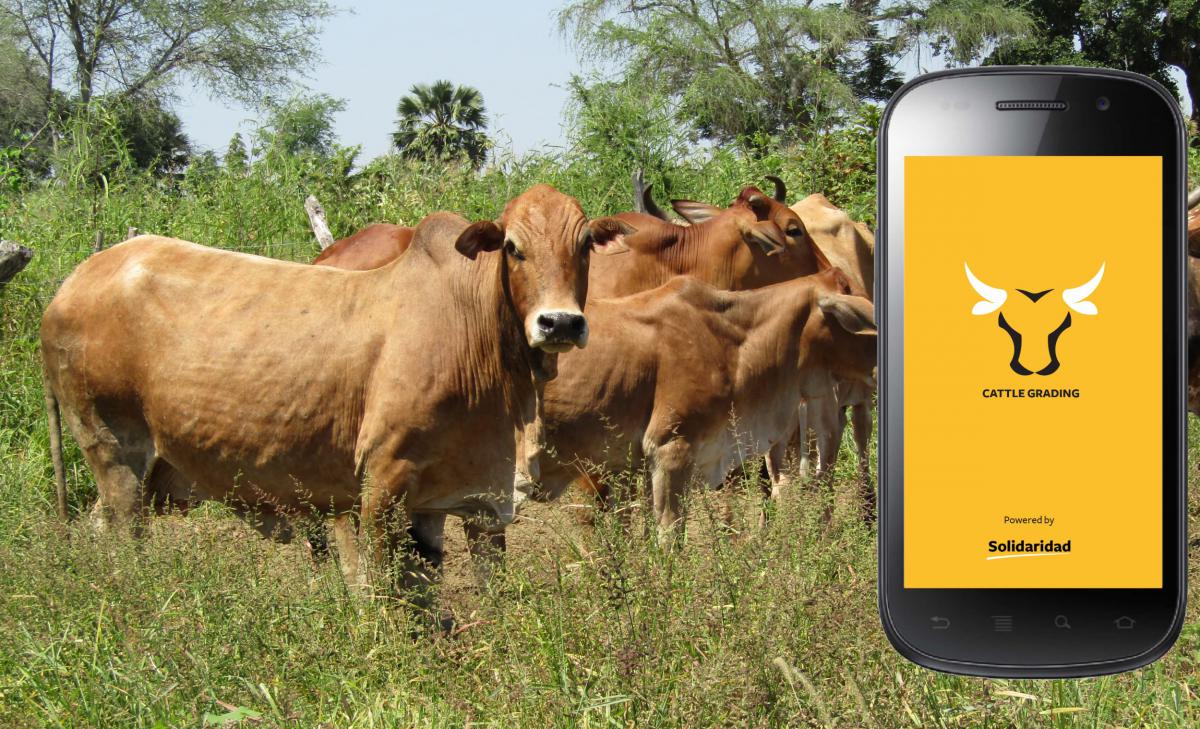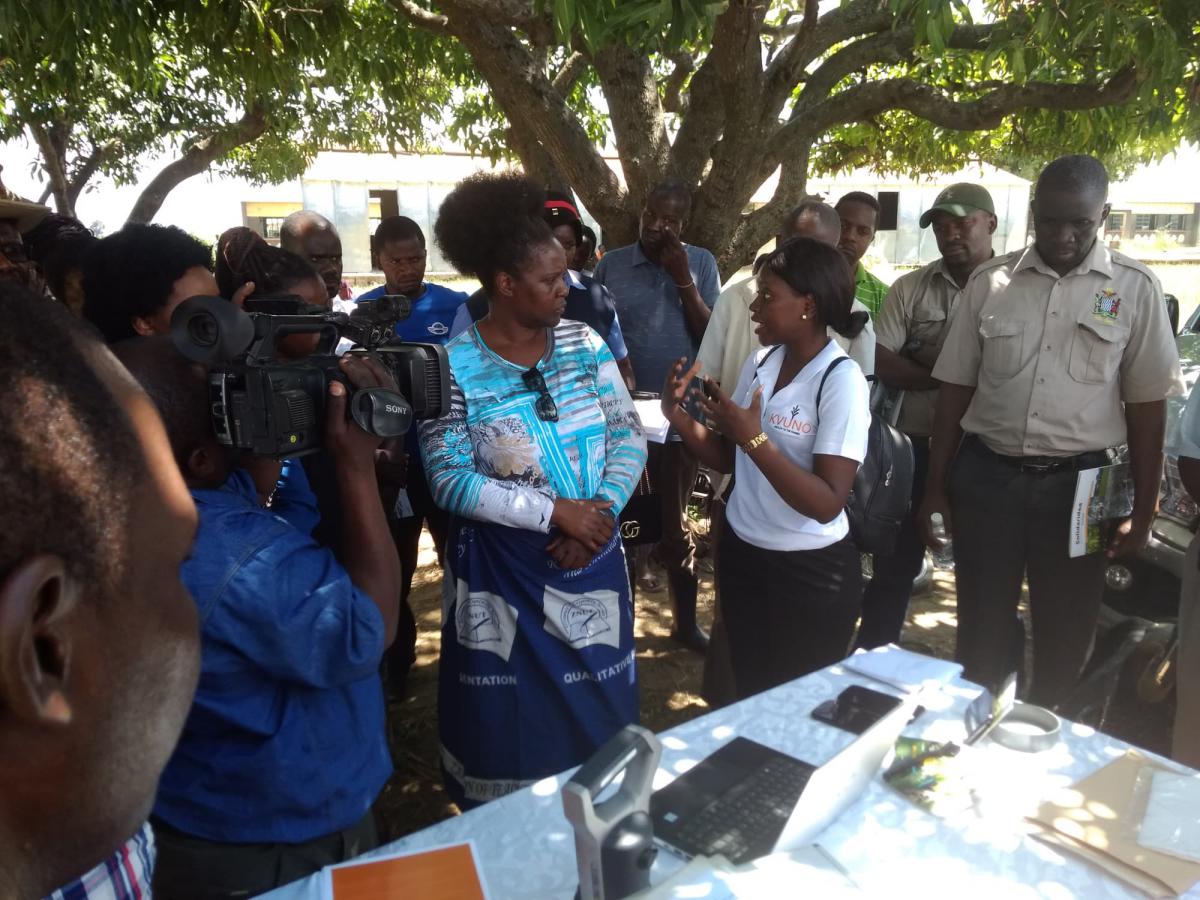Based on Solidaridad’s assessment of smallholder practices, livestock is still narrowly viewed as a cultural symbol of wealth, instead of as a vehicle for business that can be used to improve livelihoods and break the poverty cycle. Technology, however, is now offering these smallholders a broader, more profitable perspective.

How does the app work?
Scoring grids are used to indicate the physical health (i.e. body condition) of an actual animal in relation to its meat content. These grading categories ultimately inform the animal’s fetching price at the market when it is designated as prime, standard or basic.
The application makes use of an image recognition technology to classify the animal by age using the teeth. For scoring the physical condition, it analyses pictures of the tail, loin, rib cage and rump.
Through its inbuilt body scoring guide, the Cattle Grading App helps the user to understand what the grade means. The scoring guide integrates variables such as the breed, weight, date of birth, sex and the animal's tag (or any tracking system that the farmer uses). These factors are then used to help determine a fair price for the cattle.
Lastly, the app can generate a report that gives the user recommendations based on the grading results. For example, if an animal is designated as grade 1, the poorest grade, the app will recommend a better feeding plan and steps for rehabilitation.
The Cattle Grading App also has an offline feature which enables users to access it regardless of poor internet connectivity. For record keeping purposes, however, it is critical that the user syncs the app to a backup file at least once a month.
What can the app do for me?
The app offers three profile categories from which the user can choose: smallholder farmer, impact investor or extension officer. The user profiles integrate the needs of the chosen profession:
- Farmers can maintain a record of the live animals already graded up to the point of trade, which is synced to an online database.
- Impact investors are able to view the location of the different animals per grade to inform their investment decisions.
- Extension officers can monitor animal growth rates and any changes in management practices, which will enable them to respond accordingly.
Solidaridad is also encouraging governments to use new technology to create a reliable and valid database of what their livestock industry looks like and not hinge their sector profile solely on large commercial farmers.

How was the app made?
Solidaridad’s Digital Solutions Team was tasked with a complex challenge: discover the best way to educate farmers on how their cattle management practices and cattle health influence any successful trade engagements with the market.
This marked the genesis of the Cattle Grading App, which was eventually piloted in Zambia. In kick-starting the process, Solidaridad experts assessed the scoring grids that formed the basis for market standards developed in partnership with the Zambian government.
The Digital Solutions Team translated the standard into a digital application format that enables the user to generate an objective automated assessment of cattle before going to the market. Each scoring category is assessed based on criteria for the five indicative parts of the animal: tail, loin, rib cage, teeth and rump.
What’s next?
Governments should have an accurate understanding of the state of smallholder activity to better capacitate all livestock producers for supplying the market at their expected grade regardless of the size of their operation. Integrating verifiable improvements and accurate monitoring using new technology helps build the strongest business case for the smallholder sector.
